Keep your home tank clean all year round with the dutiful and versatile Bristlenose Plecos! Follow this guide to see how, while learning everything needed for Ancistrus Cirrhosus to flourish from tank setups to healthcare and breeding!
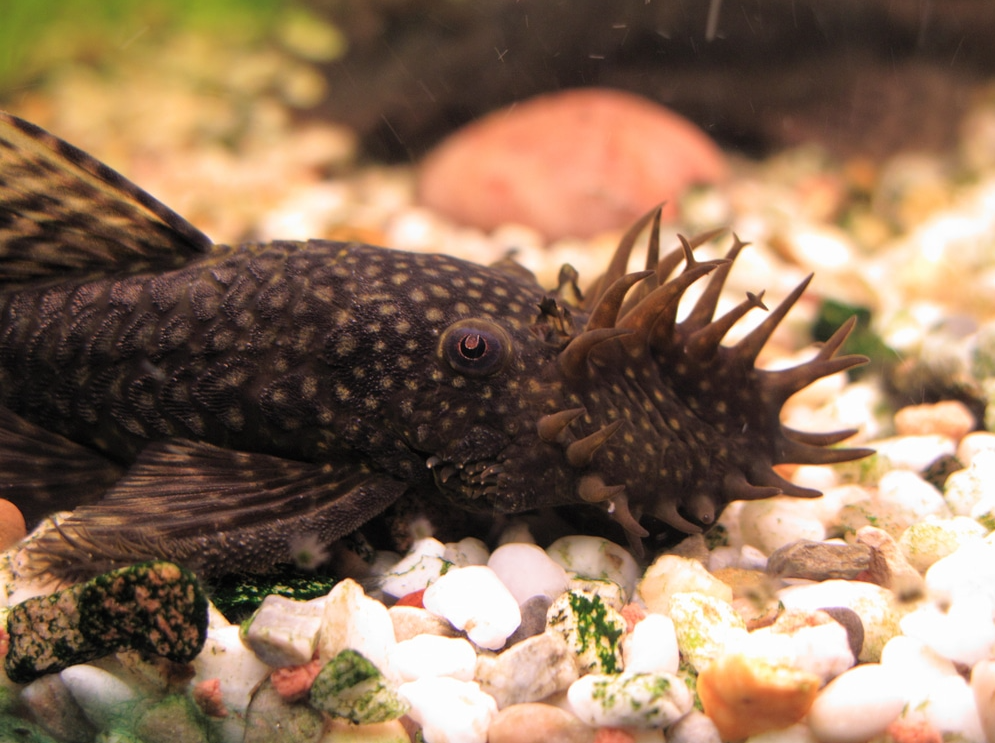
This is a good day to learn about Bristlenose Pleco care. Let’s get started!
Bristlenose Plecos are a highly reputable species among aquarists because of their unique abilities related to their diet and disarmingly smooth appearance. Their mouth, located at the base of their bodies, helps them feed on algae from rocks, substrate, and vertical surfaces in their tanks.
Known for their hardiness, these algae-eating catfish are a superb choice for various tank setups. Thus, beginners and experienced hobbyists can have a field day with them.
In this Ancistrus review, you’ll understand how this catfish’s distinctive bristle-like appendages and efficient cleaning habits are needed to maintain a healthy aquarium environment void of debris and particles.
See Also: Siamese Algae Eater 101: A Complete Beginner’s Guide
A Closer Look At Bristlenose Plecos Appearance

Identifying Bristlenose Plecos is an easy process!
Look out for their bristle-covered snout, especially prominent in males (it grows longer on the head), while tentacles grow shorter and sprout around the mouth area in females.
Fun fact: The fish gets its name from these long tentacles that surface at 6 months or when they’re about 8cm long.
They also have camouflage-like mottled patterns that make them appear visually captivating and serve as natural concealment. Unlike other plecos, Bristlenose Plecos are fun-sized and typically do not exceed 5 inches long, making them the perfect inhabitants for medium-sized tanks.
Color pattern: Bristlenose Plecos color options range from mottled brown and gray to striking albino varieties with patterned lighter dots of white and yellow on the bodies and a light underbelly.
Unique Traits: Distinctive pleco features include bristle appendages and a sucker mouth for easy and precise algae removal. They also carry bony plates used as a defense mechanism against aggressive fish.
See Also: 20 Hair Algae Eaters for a SPOTLESS Aquarium
Crafting The Perfect Habitat for Bristlenose Plecos
Setting up an ideal tank for Ancistrus Cirrhosus is not an easy task. An enabling environment is vital to ensuring the well-being of your catfish.
The perfect aquarium layout for algae eaters must replicate elements of a natural Pleco habitat, meaning they should include shaded areas, stable water conditions, and surfaces that encourage algae growth.
Bristlenose Pleco Tank Setup Tips:
- Tank Size and Layout: Minimum 25 gallons with ample horizontal space for the fish to swim without blockades and stress.
- Water Parameters :
| Water Temperature | 72–82°F |
| pH Level | 6.5-7.5 |
| Water Hardness Level | 6-10KH |
- Substrate and Decor: Throw in some soft, dark substrate, driftwood, and rocks for hiding spots during the breeding season and for grazing.
- Live plants like Java Fern, Moss, and Bolbitis can act as extra security as well.
Side Note: Bristlenose Plecos are bottom-dwelling fish, which means they will spend most of their time searching for food near the tank’s base. Never compromise on providing proper hiding spots.
Feeding Bristlenose Plecos: A Diet Beyond Algae
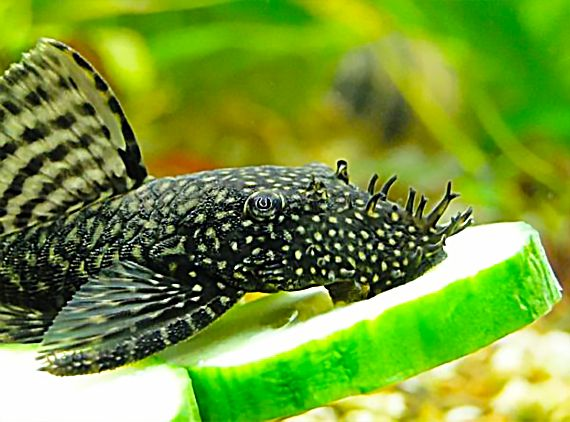
Bristlenose Plecos are core herbivores, which explains why algae is a primary component of their diet. However, feeding Bristlenose Plecos requires extra nutrients, protein, and vitamins to stay healthy.
A balanced herbivorous diet garnished with varieties rich in helpful nutrients encourages optimal health and performance.
Pleco Nutrition Tips:
- You must include primary foods like blanched vegetables, cucumbers, carrots, zucchini, and algae wafers in the catfish’s diet. Infuse occasional protein treats like bloodworms for extra nutrients and a more expansive diet, but should also be given as a treat.
- Feed your Bristlenose Pleco a rich herbivorous catfish diet at night to match their nocturnal habits.
For more on feeding your aquatic pets check out The Ultimate Guide to Fish Food: Pros and Cons & Best Choices!
Breeding Bristlenose Plecos: A Beginner’s Guide
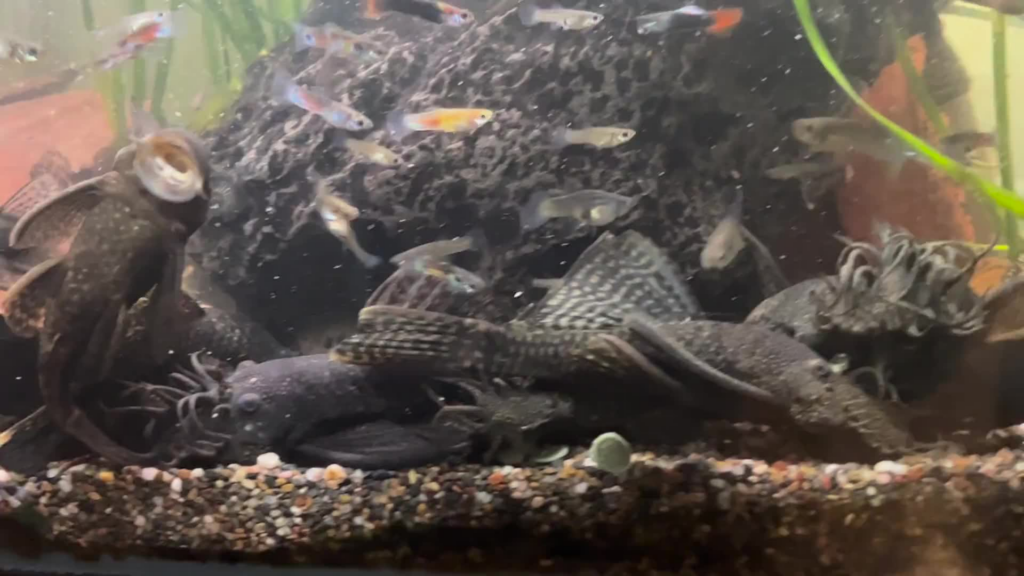
Breeding Bristlenose Plecos is a straightforward and rewarding process, but there are some crucial rules you must abide by if you want to achieve successful Pleco spawning. Understand that these algae-eating catfish exhibit cave-spawning behavior, so you must prepare a natural environment to prevent stress and collect the eggs.
The male begins the cycle by picking a hiding spot to breed, and then interested female enters the enclosure. After that, she releases the adhesive eggs and lets the male fertilize them. The male Plecos protects the eggs and fry until they exit the cave.
Breeding Setup: Provide caves with rocks, live plants, or PVC pipes for egg laying and maintain slightly warmer water to encourage natural spawning behavior.
Bristlenose Plecos Fry Care: feed fry powdered algae wafers and blanched vegetables to provide much-needed nutrients and vitamins for their growth and survival.
Tank Mates for Bristlenose: Building a Harmonious Community
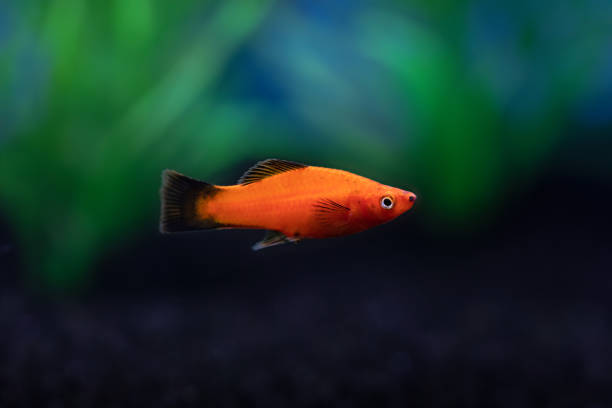
Creating a harmonious and enabling environment for your algae-eating catfish is vital for their development. The best tankmates for this Bristlenose Plecos are peaceful fish with the same calm and sociable temperament.
Compatible species for algae eaters include Tetras, Platy fish, guppies, Corydoras, and other non-aggressive fish. These fish also require similar water parameters, temperatures, and dietary requirements as Bristlenose Plecos, which allows them to cohabit without competing for resources.
Large territorial fish like Oscars, Flowerhorns, Pacu, Giant Gourami, and Red-tailed catfish are terrible choices as Bristlenose Plecos community tank fish.
Preventing Common Health Issues In Bristlenose Plecos
Like every aquatic creature, Btristlenose Plecos are also prone to myriads of health issues such as stress-induced illnesses, malnutrition, or injuries from poorly set-up tanks. On the bright side, preventing pleco diseases is possible as long as you follow the healthy aquarium catfish tips in this guide.
Preventative Measures: Clean water, regular tank maintenance, and a balanced diet are the holy trinity of Bristlenose Pleco health care.
Signs of Illness: Closely observe your home tank for symptoms like weight loss, lethargy, or fin damage. If left untreated, these symptoms can escalate into more severe diseases and lead to fish loss.
Lifespan of Bristlenose Plecos: Long-Term Care Essentials
What’s it like caring for Bristlenose Plecos? Let’s see.
If you care for your catfish properly, provide the right tank conditions, provide them with a suitable diet, and place them in a stress-free environment, you can keep them in your home tank for up to five years.
Fun Fact: The oldest living captive-bred Bristlenose Plecos is about 12 years old. You can estimate the age of your catfish based on their size, as they typically reach their full length and stop all growth at 2 years old. If you notice that your fish is still growing, then it is under 2 years old.
Long-term pleco care tips:
- Monitor water parameters regularly for continued tank stability
- Ensure the varied diet to meet all nutritional needs
- Observing behavior to detect early signs of stress or illness will aid in maintaining a healthy Ancistrus.
Conclusion
You made it to the end of our complete algae eater guide and are now ready to commence your beginner-friendly catfish care!
With Bristlenose Plecos in your tank, you never have to worry about algae growth obstructing their daily activities and movement as they help you clear those greens. This catfish’s hardiness and friendly temperament make it the perfect beginner-friendly pet; so far, you have done your part by creating a natural habitat for them to thrive happily.
Let’s review the tips in the Bristlenose Pleco care guide on a final note.
- Never skip a balanced diet for your catfish
- Always be on the lookout for early signs of weakness and loss of color
- Create caves and hiding spots for the catfish to keep their eggs and rest during the breeding season.

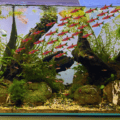
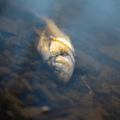
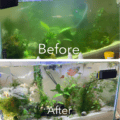

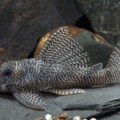
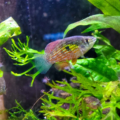
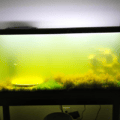
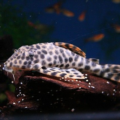
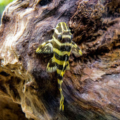
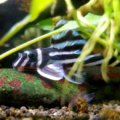
1 thought on “Bristlenose Plecos (Ancistrus Cirrhosus): The Ultimate Algae Cleaners For Your Aquarium”